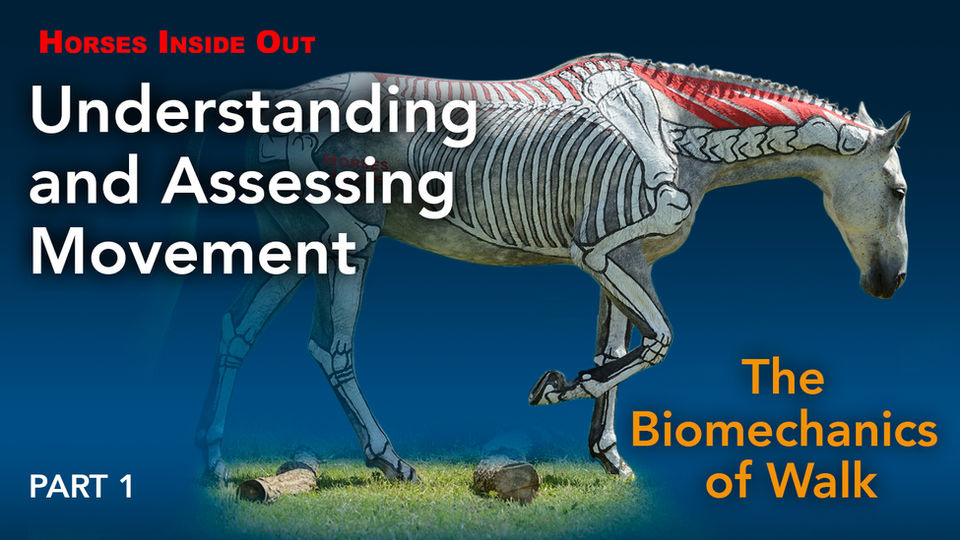On-Demand Lecture Demonstration Series
Lecture Demonstration Series Trailers
Lecture Demonstration Series Trailers


Trailer: Online Lecture Demonstration Series

Trailer: Principles of Movement E1

Trailer: Riding from the Anatomical Perspective E2

Trailer: Dressage Dissected E3
This series of four Horses Inside Out lecture demonstrations, will allow you to experience the delights of a classic live painted horse demonstration from the comfort of your own home! Each demonstration is recorded in its entirety – just as if you are actually there!
Each lecture demonstration builds on the last and is full of tips, techniques and exercises that you can do with your horse from the ground as well as ridden.
Examining how anatomy and biomechanics can be a applied to movement, riding, training and management, these lecture demonstrations are a must see for riders, coaches, students, healthcare professionals and indeed, anyone interested in learning more about how horses work!
Approved CPD training (6 points) with the BHS


Episode 2: Riding from the Anatomical Perspective
In this demonstration we consider changes that occur within the horse’s body, posture and movement when we add the weight of the rider, riding in harmony, rider position and balance, the timing of the aids and ridden exercises to improve equine posture.


Episode 4: Jumping from the Anatomical Approach
This final demonstration is of interest to anyone wishing to truly understand the biomechanics of the horse. Includes: how the horse jumps, comparing jump styles, gymnastic jumping exercises, and how different distances and jump configurations affects shape, technique and performance,
UNLIMITED ACCESS
Anytime - Anywhere - As many times as you like!
Once purchased, you can watch these video lecture demonstrations at anytime and as many times as you like from any device and from the comfort of your own home! Just make sure you are logged in and then come back to this page!
Webinars: Series 1&2
80£





















